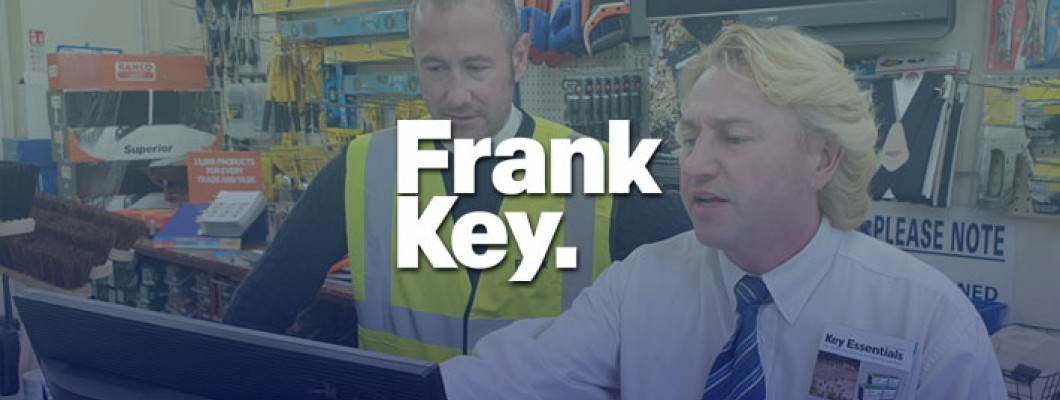
Whilst wet plastering is the more favoured choice for the home construction or improvement. It requires a lot of practice and time to execute correctly. In this article, we’ll cover the pros and cons of both wet plastering and plasterboard.
Wet Plastering
Let’s start go over the wet plastering basics. Wet plastering is the prefered choice due to its versatility, allowing you to cover any surface easily. You can buy either create your own from the necessary compounds or buy pre-mixed for convenience.
Pros
Giving a smooth, lasting finish. Many argue that wet plaster offers a texture and feel superior to plaster boarding. As you can plaster any area regardless of the shape or size, it makes for an excellent sealant as it is far mare airtight compared to plasterboards. Offering soundproofing, wet plaster is also ideal for difficult areas like doors and windows as it gives a great seal around openings.
Cons
As mentioned above, applying wet plaster correctly may only be achievable once you have mastered the skill. Although it can take some of us a few months to get the grasp of it, if you are not regularly practising you can end up with poor results. Along with the lengthy time it takes to fully dry, the application is also a lengthy process. So wet plaster may not be the best choice for a quick job.
Plasterboard
Made from sheetrock, plasterboards come in a range of different thicknesses so that they can be suited to a number of uses. Plasterboards are far easier to apply as all you need to do is cut to size and affix to the wall, but here are the other pros and cons.
Pros
If you have a budget to stick to, plasterboard is more likely the best option for you. Plasterboard allows you to more accurately get the correct amount of material required, saving on costs. Drywall can be applied with no fuss or mess as their pre-cut profiles are much faster to assemble. Plasterboard offers huge flexibility when it comes to wall designs and shapes. Curved drywall is becoming much popular, allowing a perfectly smooth finish as it is capable of framing where other plasterboards cannot. Unlike wet plastering, drywall doesn’t require any wet material or a drying time. Being the simplest option, it also requires less skill than wet plaster to apply.
Cons
Although most convenient, many professionals and builders tend to steer away from plasterboard as it has less flexibility when working with unique properties and unusual shapes. Along with the lower levels of soundproofing, a high-performance board is required to achieve finish wet plaster provides. Plasterboard also makes attaching any fittings or features as you need to make sure you get through to the wall behind your board for proper security.
Whether you are a professional builder or simply love D.I.Y, you can rely on Frank Key for great quality products and advice. Looking for plastering products? We have a range of traditional plastering products as well as more innovative wall lining solutions. Call us today or visit your local Frank Key store using our Store Locator.












































































































































